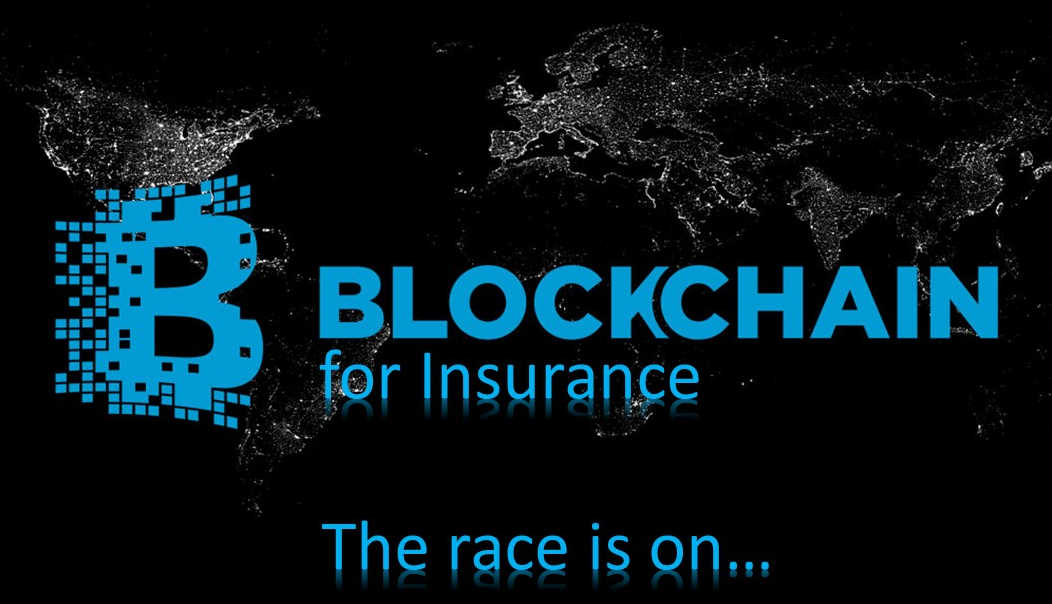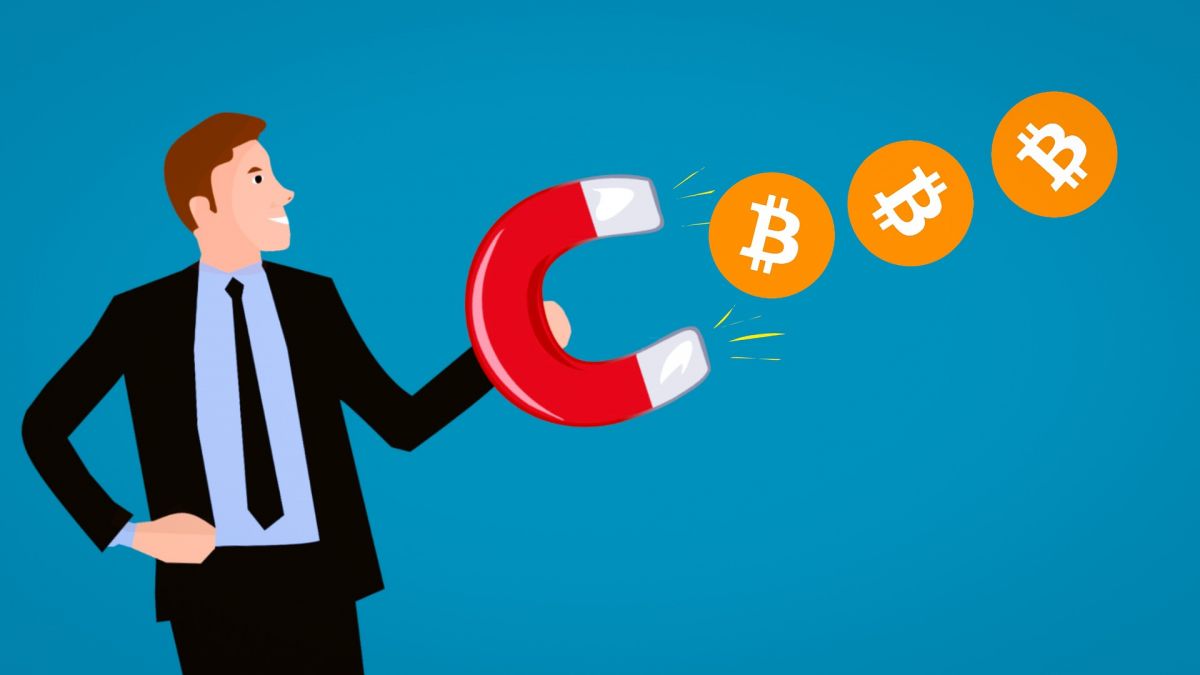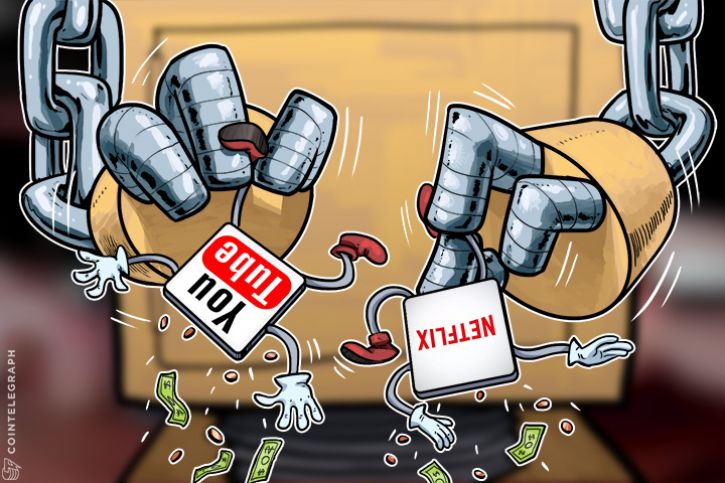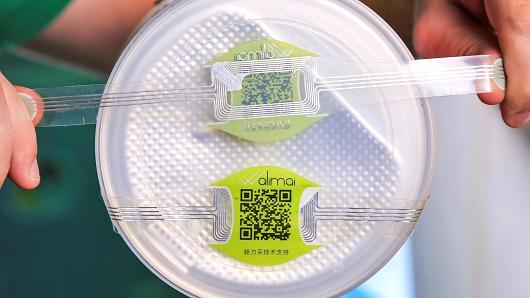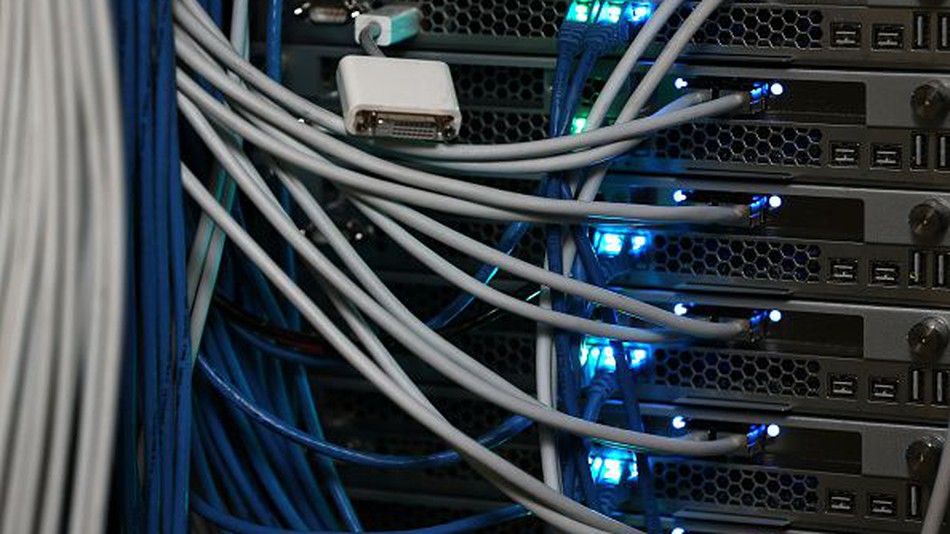Insurance is one of many industries that blockchain (together with machine learning/AI) will totally upend over the next 5-10 years. And here’s how it could happen…
The insurance industry has historically been one of the slower, more monolithic businesses when it comes to technology adoption and technology innovation. Insurance often has to be pulled into the modern era of technology and the benefits advanced technology brings. Insurance, primarily being a finance and risk management function, often adopts the approach of changing only when required… changing only when the risk of not changing is greater than the risk of changing.
Changing only when required is a legacy risk management approach. The approach goes something like this. Nothing changes, nothing breaks, business as usual, life is good… until it isn’t. Unfortunately, the list of companies who’ve been marginalized or bankrupted by adopting the risk avoidance approach grows longer by the day. Newer, more nimble models based on technology innovation rule the day.
Blockchain and distributed ledger transactions are the great equalizer of the future. Multiple layers of trusted intermediaries and costly administrative functions can be entirely removed from business processes and the business value chain. In my opinion much the insurance industry is built on leveraging and optimizing these layers. Imagine the value that could be unlocked by removing them entirely. What will that mean for businesses who can make this transition and the impact on the customers they serve. Let’s look at a few of the insurance industry functions and how technology (blockchain and AI) will alter that landscape forever.
Underwriting
“Insurance underwriting is the process of classification, rating, and selection of risks. In simpler terms, it’s a risk selection process. This selection process consists of evaluating information and resources to determine how an individual will be classified (whether a standard or substandard risk). After this classification procedure is completed, the policy is rated in terms of the premium that the applicant will be charged. The policy is then issued and subsequently delivered to the purchaser by the producer (more commonly known as the insurance agent). ” (Source: https://www.finweb.com/insurance/the-basics-of-underwriting-insurance.html#ixzz4y8BHLfWM)
As you can probably surmise from the above the underwriting process can be a labor intensive manual process, at times somewhat subjective, that may or may not achieve the desired result. Advances have recently been made in automation of the risk analysis function but significant opportunities remain.
Imagine a future where risk classification and management is fully automated via artificial intelligence and machine learning. AI will scan massive data sets to properly understand and quantify all of the various risk factors. All interested parties will be working off the same set of factual data to make informed selections and decisions regarding underwriting policies. The data will be presented via the blockchain to create an immutable record of analysis and contractual obligations regarding various underwriting opportunities.
Claims Management
Claims management is one of the more unappealing aspects of the insurance value chain to most insurance companies. Claims management is typically a manual, labor intensive, and time consuming process. Many large providers simply choose to outsource large parts of this function as a non value add activity.
How can providers become more effective and more customer focused with claims management? Not only improve efficiency and increase customer satisfaction but also drive more profit to the bottom line? In my opinion this is one of the most pressing opportunities for providers. The opportunity to drive customer value by leveraging AI and conducting contracts in the blockchain is massive and currently untapped.
Imagine a world where claims management is fully automated and optimized for both the company as well as the customer/client. For example, a farmer ensuring a new crop seeding against total loss from drought. A smart contract could be created that automatically pays the farmer if a drought is declared by NOAA. The smart contract would monitor the planted geography for drought declaration during any 30 day period leading to harvest. The smart contract checks the NOAA database daily and pays the farmer immediately upon a drought declaration that meets the defined criteria.
Another example is a storm damage claim. Imagine a future where the customer/claimant activates a claim for hail damage through the company portal. This kicks off an automated process to dispatch a drone to survey and document the damage. The drone is automatically guided by global positioning satellites without the need for human intervention. The photos and video are uploaded in real time to an AI and machine learning system to quantify and document the damage. Additional AI systems review the damage photos regarding the claim to make the final payout determination. This is automatically forwarded to the claims approval function for a final review and checkpoint of results from the automated process flow. The opportunities from leveraging these technologies (and others) are massive.
Reinsurance
“Reinsurance is insurance that is purchased by an insurance company (the “ceding company” or “cedent” or “cedant” under the arrangement) from one or more insurance companies (the “reinsurer”) directly or through a broker as a means of risk management, sometimes in practice including tax mitigation and other reasons described below. The ceding company and the reinsurer enter into a reinsurance agreement which details the conditions upon which the reinsurer would pay a share of the claims incurred by the ceding company. The reinsurer is paid a “reinsurance premium” by the ceding company, which issues insurance policies to its own policyholders.” (source: Wikipedia)
Reinsurance will benefit from some of the same opportunities as underwriting and claims management. The benefits from the ability to create smart contracts between parties cannot be overstated. Imagine the process efficiencies and cost reduction opportunities from fully automating the contract management and execution process. Once again, entire layers of management, administration, intermediaries, and potential litigation can be removed from the process. Another massive opportunity for those who are “IDEA minded” innovators and change agents. (Source: Digitalifetime Blog – Innovate, Disrupt, Energize, Achieve)
So who will win the the race to the AI, blockchain, and smart contract insurance landscape of the future? Will the insurance industry embrace a technological based innovation mind set and framework or will a technology company do to insurance what Amazon did to book stores? I have my opinion on that but I’m not going to tell at this time. 😉 Who do you think will be the winners in the future?

